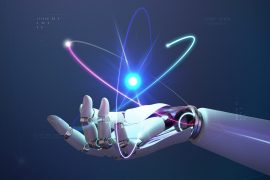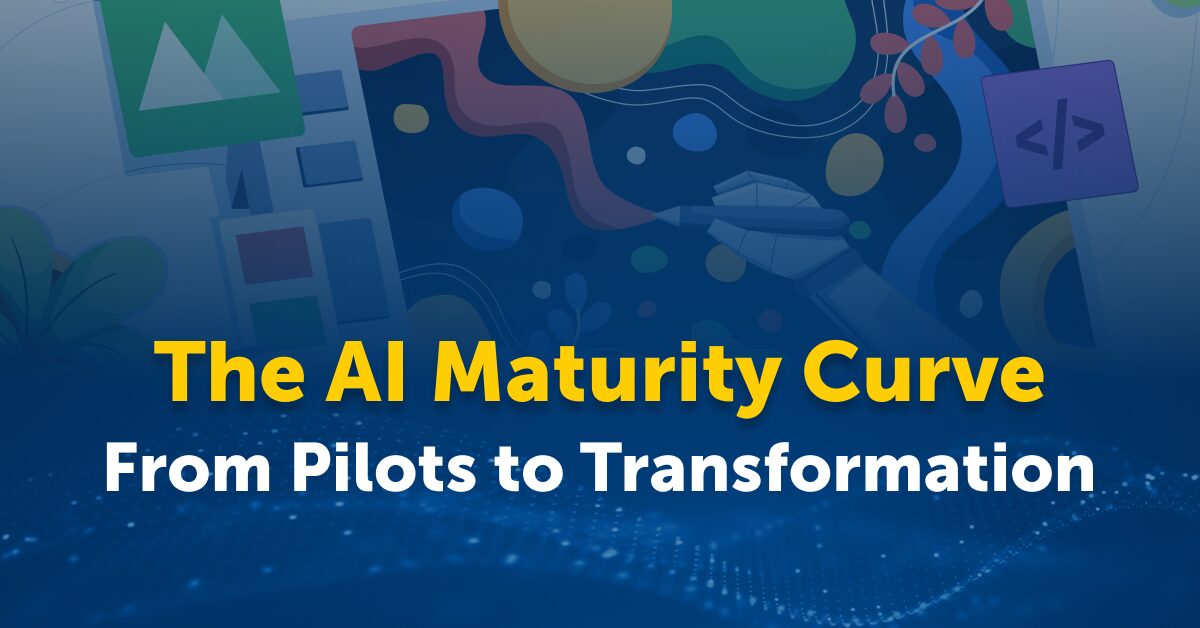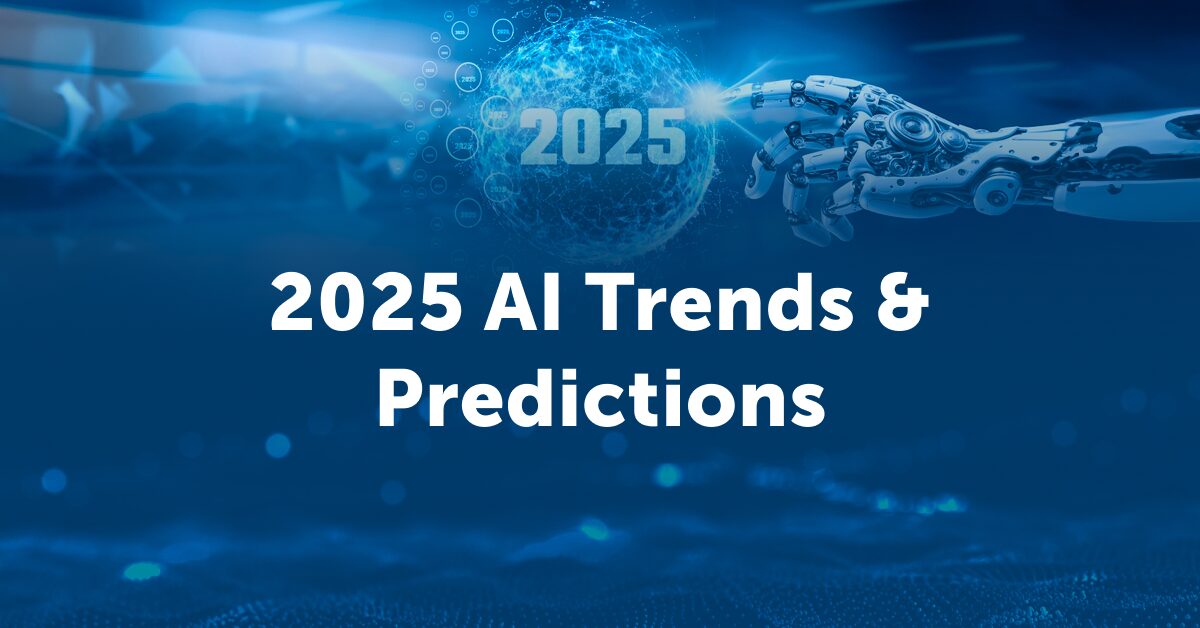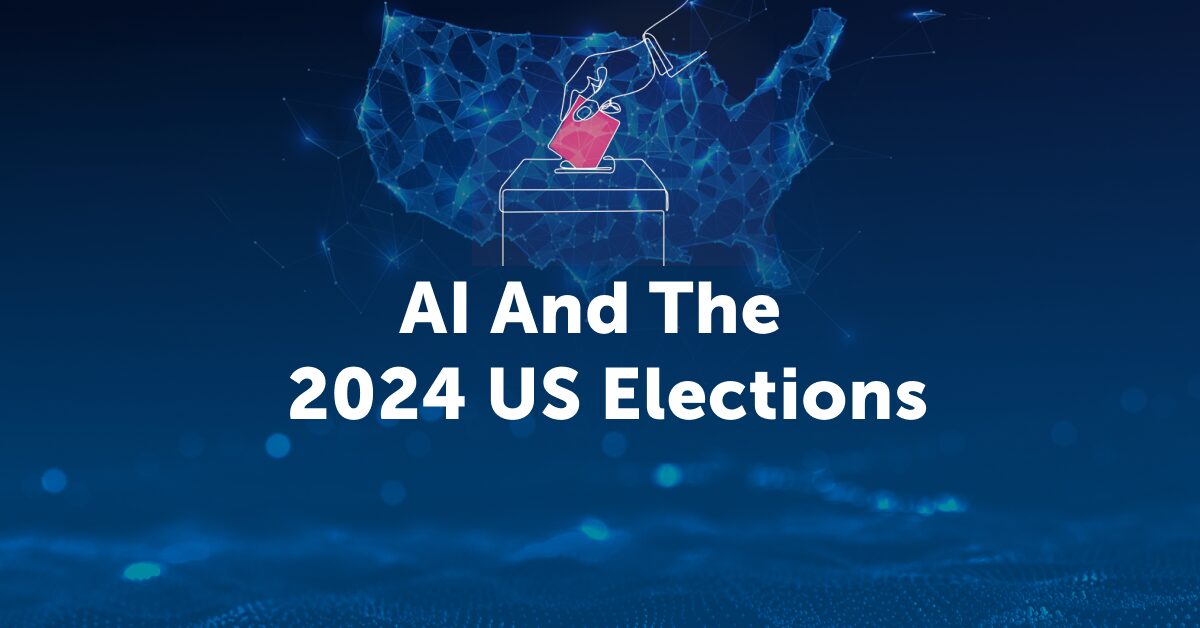AI-Led Innovations in Healthcare During Covid and Beyond

Covid has been one of those ever-morphing nightmares for the healthcare industry. Since 2020, as the virus spread, scientists, researchers and healthcare professionals have sought to leverage a band of technologies, including artificial intelligence to help contain the virus and deliver critical care.
However, AI is only as good as the data it’s trained on, and predicting the pandemic’s scale or the best ways to tackle it were things AI systems weren’t equipped to handle. In addition to lack of reference data, this was also due to inadequate infrastructures or regulatory frameworks for easy sharing of available datasets.
Despite these limitations, Covid was an opportunity for AI to make a mark in healthcare. In this article, I discuss the areas where the technology was most effective and what the future holds for AI in terms of managing Covid and other medical emergencies.
AI Emerged as a Tool for Improved Information Management
One of the most important applications of the technology at the start and during the peak of the disease is information management. Especially during lockdowns, it was imperative to collect, disseminate and track information around protocols, regulations, disease management, contagion and symptoms. Equally important was tracking the movement of potential disease carriers.
Countries and research institutions tapped AI for information management in myriad ways. China, where the disease was first detected, tapped AI to identify and track movement of its population. Similarly, we saw the emergence of interactive systems to scrape online news, research articles and social media for early signals of diseases, warning signs and symptoms analysis.
AI’s Predictive Capabilities Were Put to The Test
Countries across the world also used AI to identify patterns to predict the disease and its spread. Canada developed a Blue Dot system that predicted cities most at risk if infected people were to travel. At New York’s Mount Sinai hospital, a team designed an AI system to quickly diagnose Covid-19 using algorithms trained on lung CT scans data from China. Another group at MIT created a diagnostic using algorithms trained on coughing sounds. NYU and a Chinese hospital collaborated to use AI tools to predict which Covid-19 patients would develop severe respiratory disease. AI has been used to speed up genome sequencing, make faster diagnoses, carry out scanner analyses or handle maintenance and delivery robots. These predictive capabilities also helped increase AI-powered automation monumental in freeing up critical healthcare workers and allowing them to see patients without being bogged down by administrative work.
What the Future Holds
The sheer scale of any pandemic means many factors must line up to effectively leverage a technology like AI. AI algorithms will only deliver helpful and valuable information if the datasets they are trained on are reliable. Therefore, everything from the availability of data and an understanding of barriers to data as well as potential human error must be taken into consideration.
An important step for AI to thrive in healthcare is ensuring health data across the globe are being tracked and stored accurately, fairly and electronically. Equally pertinent are sound regulatory and data governance frameworks that enable safe access to health records by organizations critical to the stop to any pandemic.
Besides data management, another area where AI can be valuable is combating human error and delivering fair access to treatments. Not everyone who needed treatment during Covid had access to it. But AI-powered predictive tools can help assess who needs the most care, what resources will be most in demand and where. This too requires better data management, storage and collaboration.
It’s not possible for countries all over the world to overhaul existing data collection, management and sharing practices at a moment’s notice. Covid reminded us of what is necessary so a tool like AI can be used to combat a disease quickly and effectively.


